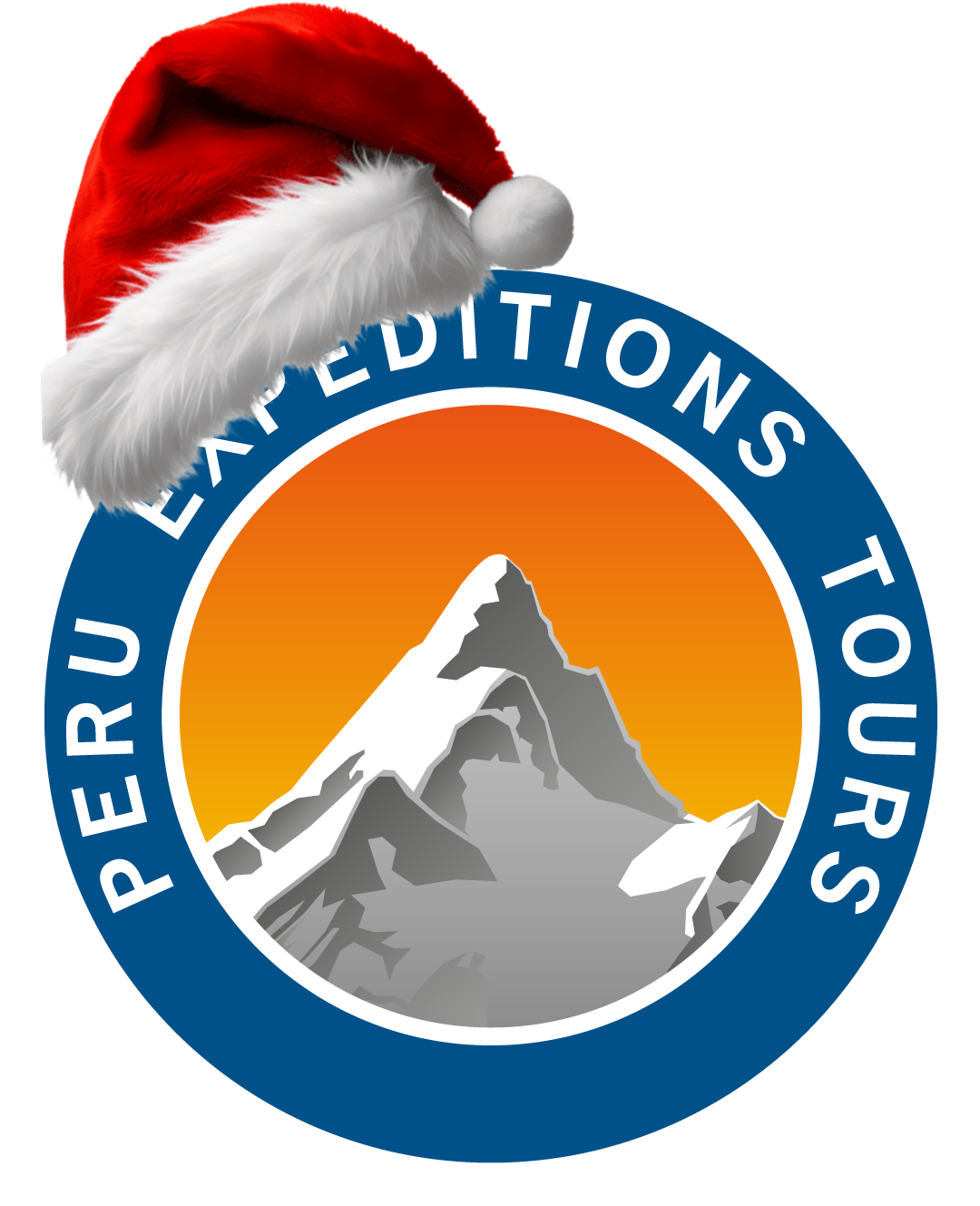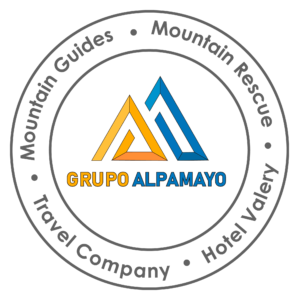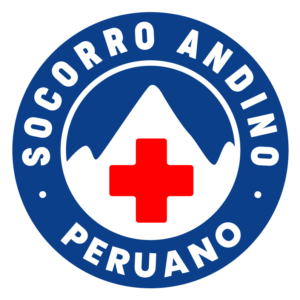Trekking & Hiking-Peru information
South America
Six Destinations | Leading DMC | Tailor Made Tours
Peru: Important information and facts
Despite its rich history, Peru is anything but a dusty country. The third largest country in South America is full of life and warmth. Of course, when you think of Peru, you will immediately think of the lost advanced civilization of the Incas. Or the traditional life of indigenous peoples, but Peru can do so much more. What exactly do you find out in our Peru information!
Facts about Peru
Country name: Peru
Area: 1,285,216 km²
Capital: Lima (10.7 million inhabitants)
Official language: Spanish, Quechua
Population: around 33 million
Population density: 25 inhabitants per km²
Currency: Sol
Time zone: UTC – 5 hours
Country code: +51
Web identifier: .pe
Identification: PE
National flag: red, white and red in longitudinal stripes
National holiday: 28.07.
Discover with us the most exciting sights in Peru: A trip to Peru is also a journey through time – but that is lived in the past. The Peruvian cities uniquely combine the relics of the Inca period and the subsequent influences of the Spanish colonialists with today’s modern life. You walk across wide open spaces surrounded by the flair of colonial architecture and life thrives on them.
Peruvians who have preserved their traditions, but also forge new trendy paths. Street art meets handmade art objects, traditional restaurants meet hip cafés.
Even outside the cities, you will encounter the remains of the past on your journey, which are so present and well preserved that you think you see the inhabitants of the old places of worship at any time around the corner. Just like the climate, the nature is wonderfully complex and varied, which will cast a spell over you even without the Incas.
A trip to Peru is something very special. With our Peru information you can optimally prepare for your trip. Get in the mood for the highlights of Peru and find the best travel time in our Peru information.
Information about Peru: country and people
Although Peru is the third largest South American country, it seems almost small compared to its big brothers Brazil and Argentina. But you should not be fooled by the size of the area, because this country is extremely multifaceted, as our Peru information will show you.
In the north, Peru borders the equator and stretches more than 2,000 kilometers south. But Peru is not only tropical. This is ensured by the multifaceted topography of the country. Almost 60% of the country’s area is covered with rainforest, but the massive Andes bisect the country from north to south. Although the highlands make up only about 28% of the country’s area, the longest mountain range on earth is the dominant part of Peru. What remains is a pleasant stretch of coast directly on the Pacific and the Atacama Desert in the south, the driest desert on our planet.
Colonization in Peru has produced a largely Christian and Spanish-speaking population, yet almost half of the country’s more than 30 million people are indigenous Peruvians. Almost 40% descend from European settlers. Indigenous languages such as Quechua are still widespread in Peru. In fact, there are still some isolated peoples in the Peruvian rainforest who still have no contact with civil society.
The warm-hearted residents of the Peruvian towns and villages are more open-minded, captivating with their hospitality and cheerfulness. Of particular note is the Uros people, who live on manufactured islands in the middle of Lake Titicaca. You can cross over to them in small ships, be in colorful traditional robes in no time at all and experience the traditions and rites up close.
Information on the language & religion in Peru
The South American country has an eventful history behind it. The following Peru information should give you a brief impression: Evidence of the most diverse tribes on Peruvian territory can be found far into the past. They date back to several millennia BC. The best-known culture is probably that of the Nazca. The fabled Nazca Lines are one of the most exciting sights in Peru today. Barely visible from the ground, the Nazca carved several kilometers of lines in the dry desert soil around 600 BC. From a bird’s eye view, the most diverse illustrations of geometric figures, animals or people form.
The time of the legendary Inca began around 1200 AD. The capital of the Inca Empire, Cusco, is the starting point of their rule. Not far from the old royal city, they built one of their most important sites: Machu Picchu. The long-undiscovered ruin nestles perfectly in the topography of the Peruvian plateau and is the best-preserved evidence of the artistry of this high culture. From the middle of the 15th century, the small city-state of the Incas expanded into a large empire and stretched far beyond the borders of Peru along the western side of South America.
The fall of the Incas was sealed with the conquest of Peru by the Spanish. Colonization brought European language, religion and settlers to the South American country. Even today, the typical white colonial buildings in some cities are reminiscent of the late 16th century. Much is reminiscent of the architecture of Spain. Cities like Cusco have a special appeal, where the relics of the Incas merge with those of colonialism and give a wonderful impression of Peru’s turbulent history.
Incidentally, Peru achieved its independence in 1821.
Information on Peruvian history and culture
The South American country has an eventful history behind it, which is reflected in numerous sights. The following Peru information should give you a brief impression.
Evidence of the most diverse tribes on Peruvian national territory can be dated back to several thousand years before Christ. The best-known culture is probably that of the Nazca. The fabled Nazca Lines are one of the most exciting sights in Peru today. Barely visible from the ground, the Nazca carved several kilometers of lines into the dry desert soil around 600 BC. From a bird’s eye view, the most diverse illustrations of geometric figures, animals or people form.
The time of the legendary Inca began around 1200 AD. The capital of the Inca Empire, Cusco, is the starting point of their rule. Not far from the old royal city, they built one of their most important sites: Machu Picchu. The ruins, undiscovered for a long time, nestle perfectly in the topography of the Peruvian plateau and are the best preserved evidence of the artistry of this high culture. From the middle of the 15th century, the small city-state of the Incas expanded into a large empire and stretched far beyond the borders of Peru along the western side of South America. The fall of the Incas was sealed with the conquest of Peru by the Spanish.
Colonization brought the European language, religion and settlers to the South American country. Even today, the typical white architecture of Spain in some Peruvian cities is reminiscent of the colonial era from the late 16th century. Cities like Cusco have a special appeal, where the relics of the Incas merge with those of colonialism and give a wonderful impression of Peru’s turbulent history. Incidentally, Peru achieved its independence in 1821.
The Peruvian cuisine
The national cuisine of Peru has emerged from numerous influences, which is based on the traditional cuisine of the Incas. In the colonial period, influences from Spanish cuisine dominated, while in the 19th century various elements were adopted by immigrants from Africa, China, Japan, Italy, France and England.
Peruvian cuisine consists of several regional cuisines, so the foods and dishes differ greatly depending on the region. The typical national dish called “ceviche” is only for those who like to experiment – because it is raw fish marinated in lime juice and onions. Other Peruvian specialties are:
Anticuchos (meat skewers with beef heart)
Rocoto Relleno (spicy stuffed peppers)
La Ocopa (boiled potatoes with a cheese and nut sauce).
Sweet food lovers should try the “Mazamorra morada” (corn pudding) or “Picaronesa” (pasta fried in fat with sugar syrup).
According to the Peru Ministry of Foreign Trade and Tourism, around 1.3 million tourists came to the country for the food in 2013 – that’s 40% of the total number of visitors – this is also an important part of the Peru information – Peru is a country known for its History, the local people, the culinary delights and the multifaceted nature.
Country information: education, politics & economy
In Peru, the number of child labor is high. In addition to the often missing teaching materials, teachers and facilities, the great poverty in rural areas means that children have to work. Above all, the numerous indigenous population groups in Peru often still live from independent subsistence farming using traditional methods. For example, you can
tropical gardening forms can be found in the Selva and in the Andes field cultivation and alpaca long-distance grazing.
After previous years of political and economic instability, the situation today is very stable and the country is a presidential democracy. Tourism is a powerful economic factor in Peru and is now the third largest source of foreign exchange. With 4.6 million tourists in 2016, it brought in foreign exchange totaling US$ 4,303 million. The country is well developed with a dense road network, but most of the roads away from the main traffic routes are unpaved, uneven and often impassable in the rainy season.
Facts about Peruvian flora and fauna
Peru is one of the most biodiverse countries on our planet. Due to its extremely high biodiversity in the animal and plant world, Peru is also referred to as a megadiverse country along with only 16 other countries.
Our Peru information can only give you a small insight into the enormous diversity of Peruvian flora and fauna, but rest assured: When you visit this exciting South American country, you will almost be overwhelmed by the impressions. Many animal and plant species are even endemic, which means you will only find them in Peru.
The flora in Peru is as varied as the topography. Of course, the plants adapt to the respective geographical conditions. During your trekking or hiking trip through breathtaking Peru you will always encounter new species: cacti and other dry plants grow on the dry, desert-like coast, while in the rainforest an insane vegetation of various flowers and trees awaits you. In the mountainous region, on the other hand, there are sparse grasses and ground cover, but perhaps at the foot of the mountains you will encounter Peru’s national plant: the cacuna with its bell-shaped flowers.
The Pacific’s cool Humboldt Current is a true boon to wildlife in Peru. An unbelievable number of animals settle on the coast and offshore islands such as the amazing Ballestas Islands: seals, penguins, cormorants. Peru has the greatest diversity of birds in the world. Jaguars, parrots and flamingos live in the rainforest, while in the Andes you will encounter fluffy llamas and alpacas. The national animal of Peru is the red rock cock, which you can see in some of Peru’s numerous national parks.
Worth knowing Peru information for your trip
For your vacation in the land of the Incas you should consider a few Peru information:
You do not need a visa for your stay in Peru, a valid passport is sufficient.
In the larger cities, payment by credit card is possible. But lead anyway
cash with. The US dollar is mostly accepted.
The medical standards in Peru are inconsistent with our Central European ones
compare. Especially on a hike, medical help is far away, so you should have the necessary materials with you for quick medical care.
Before you travel, you should bring your vaccination record up to date. Vaccination against hepatitis A and B is recommended.
Photo gallery
Do you have questions about our South America trips?
We're here for you!
YOU ARE AN ADVENTURE LOVER and you want to experience something extraordinary and extreme?
You are an adventure lover and you dream of leaving with a thrill. Peru Expeditions Tours is also an option for you. Take advantage of our travel offer that we have for you!
“We don’t sell tours, we provide memorable lifetime experiences.”
We are a recognized tour operator 100% peruvian company that specialists in adventure and traditional tours service.






